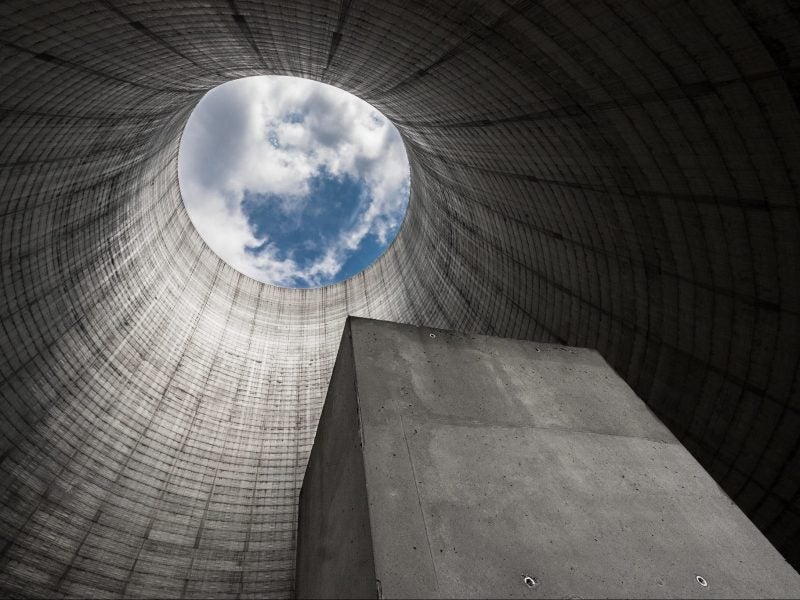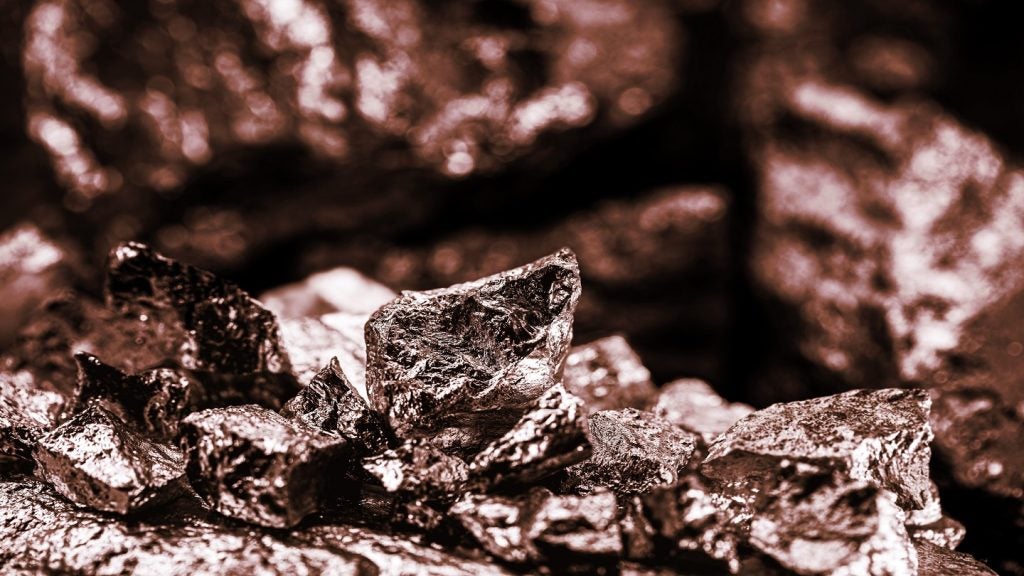
Global energy consumption is on the rise, driven by the rapid industrialisation of developing economies such as China and India. Yet the discovery of high-grade ore deposits is simultaneously declining, and mining corporations are having to turn to previously inaccessible locations for new sources of materials.
These off-grid sites are often powered by diesel generators, fulfilling the need for consistent power supply but proving problematic in terms of logistics and environmental impact. Now, Canada’s leading nuclear science and technology corporation CNL has suggested small modular reactors (SMRs) could be the future.
Why choose SMRs?
Seeking to reduce harmful emissions while maintaining consistent power has long led industry members to explore nuclear alternatives to traditional energy sources, and a new branch of technology developers are now looking to harness this power in micro form. The creation of smaller standardised units – typically generating between 3MWe and 10MWe – are easier to install and far safer to operate than their larger counterparts, and offer the opportunity to limit emissions and maintain climate change commitments.
“Increasingly, nuclear technology is being seen as a viable clean energy alternative for industrial applications,” CNL vice-president of business development Corey McDaniel says. “Heavy industry, such as mining, is energy intensive and requires a reliable source of electricity, but also in many cases, heat and steam. Next-generation nuclear energy offers the versatility to meet these needs, and does so in a low-carbon, environmentally-sustainable way.”
CNL president and CEO Mark Lesinski says SMRs could act as not only replacements for diesel generators, but could also be deployed alongside renewables, saying they could offer “reliable baseload power to these otherwise intermittent forms of energy.”
SMRs are already used to power marine vessels such as submarines and icebreakers, and there are more than a hundred new designs under development by industry members and government bodies. There is even a particular subgroup intended for diesel engine replacements. While the designs are yet to reach commercial markets, serious steps are being made to get the technology ready for full-scale deployment with the addition of safety and operational improvements.
How well do you really know your competitors?
Access the most comprehensive Company Profiles on the market, powered by GlobalData. Save hours of research. Gain competitive edge.

Thank you!
Your download email will arrive shortly
Not ready to buy yet? Download a free sample
We are confident about the unique quality of our Company Profiles. However, we want you to make the most beneficial decision for your business, so we offer a free sample that you can download by submitting the below form
By GlobalDataDr Jonathan Cobb, senior communication manager for the World Nuclear Association says there are two main problems with diesel engines that nuclear reactors can remedy. The first is their environmental impact, polluting not only in their greenhouse gas emissions but also other forms of air pollution, such as particulates and nitrogen oxides.
“Like their larger nuclear power plant counterparts,” Cobb says, “SMRs don’t produce greenhouse gas emissions and other aerial pollution produced by fossil fuel generators.”
The second problem is that the requirement of a constant supply of diesel fuel can prove logistically problematic if deployed in a remote location where fuel is not readily available. By contrast, Cobb says the fuel cores in SMR’s and microreactors “would last at least three years, and in some of the designs could be used for up to 10 years.”
An economic choice
The recently-released Canadian SMR Roadmap from Natural Resources Canada and the Canadian Nuclear Association (CNA) showed the switch to SMRs could also have significant financial benefits, with a cost advantage over diesel of between 20%-60%. The roadmap also concluded that the Canadian domestic market was globally one of the most promising for SMRs, with the unit’s offering a potential value of $5.3bn between 2025 and 2040. Globally this figure is far bigger, with a conservative estimated value of $150bn between 2025 and 2040 – indicating the scale of a potential export market.
Hatch nuclear lead Nathan Tedford writes that SMRs are far more stable and predictable in terms of long-term energy prices than traditional energy sources, as costs of nuclear plants are usually fixed at the time of installation and will not be affected by fluctuations in crude-oil price. In addition, as the majority of developers are looking to use SMRs at remote sites, energy costs will be treated as an operational rather than capital expense, offering potentially significant savings to new operations.
What is there left to do?
The roadmap concluded that a demonstration project would be crucial in advancing SMR technology to the next stage – a point supported by responses from industry members who participated in the roadmap study. The report characterised the deployment of SMRs as a ‘paradigm shift’ similar to the “shift of steam engines from mineshafts into ships and vehicles, or the movement of computers from mainframe to desktop and then to laptop.”
However, the road ahead is not yet entirely clear.
“The Roadmap is generating an unexpected wave of excitement and enthusiasm among people who are discovering the potential of SMRs,” says John Stewart, director of policy and research at CNA. “But it is important to keep the enthusiasm in context: to remember that the Roadmap shows a road ahead, and the challenges along it. This isn’t smartphone technology – you won’t have new product cycles every couple of years. The scale is bigger, the development cycle and product life are decades long.”
According to Stewart, conversations between nuclear and mining industries are already underway, seeking to deploy smaller reactors of around 10MWe-50MWe at remote sites currently reliant on diesel fuel, while efforts are being directed towards the development of SMRs for on-grid power in the provinces of Ontario and New Brunswick.
“Those two provinces already have reactor operations and licensed nuclear sites,” Stewart says, “and their power utilities are formalizing relationships with SMR technology developers.”
Yet full deployment cannot yet be expected, and Stewart says SMRs need to integrate with the rest of Canada’s energy system to meet the country’s power needs. Such integration will require the development of suitable locations, transport, construction, staff, regulation, waste management, and a host of other services. The roadmap also said that collaborative activities are required in four main areas: demonstration and deployment, capacity-building and stakeholder engagement, policy, and international partnerships to position Canada for leadership in global value chains.
“We were aware that there was a global opportunity for SMRs,” Stewart says, “and we also knew that ultimately, we would have to think about SMR manufacturing and supply chains in a global context, but we had to walk before we could run. This year we are broadening that conversation and having more transnational conversations, starting in particular with partners from the USA and the UK.”






